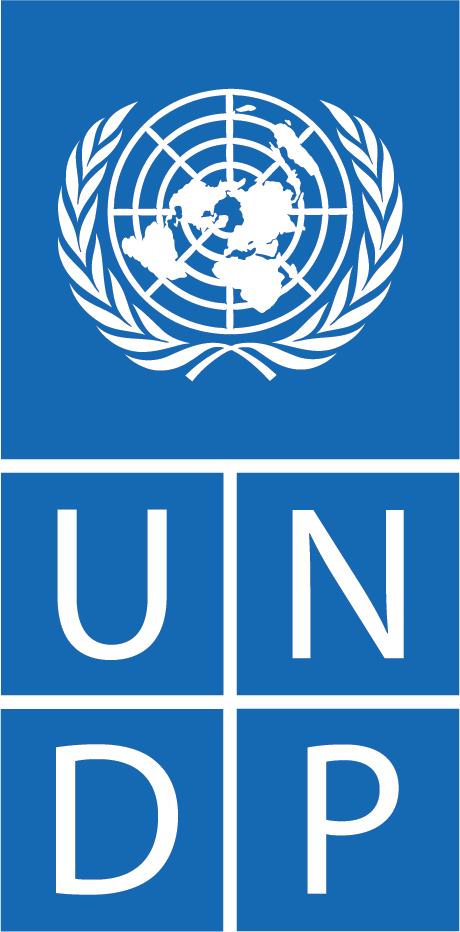End hunger, achieve food security and improved nutrition and promote sustainable agriculture
Rapid economic growth and increased agricultural productivity over the past two decades has seen the proportion of undernourished people drop by almost half. Many developing countries that used to suffer from famine and hunger can now meet the nutritional needs of the most vulnerable. Central and East Asia, Latin America and the Caribbean have all made huge progress in eradicating extreme hunger.
These are all significant achievements in reaching the targets set out by the first Millennium Development Goals. Unfortunately, extreme hunger and malnutrition remain a huge barrier to development in many countries. 795 million people are estimated to be chronically undernourished as of 2014, often as a direct consequence of environmental degradation, drought and loss of biodiversity. Over 90 million children under the age of five are dangerously underweight. And one person in every four still goes hungry in Africa.
The Sustainable Development Goals aim to end all forms of hunger and malnutrition by 2030, making sure all people – especially children and the more vulnerable – have access to sufficient and nutritious food all year round. This involves promoting sustainable agricultural practices: improving the livelihoods and capacities of small scale famers, allowing equal access to land, technology and markets. It also requires international cooperation to ensure investment in infrastructure and technology to improve agricultural productivity. Together with the other goals set out here, we can end hunger by 2030.
Zero Hunger is one of 17 Global Goals that make up the 2030 Agenda for Sustainable Development. An integrated approach is crucial for progress across the multiple goals.


